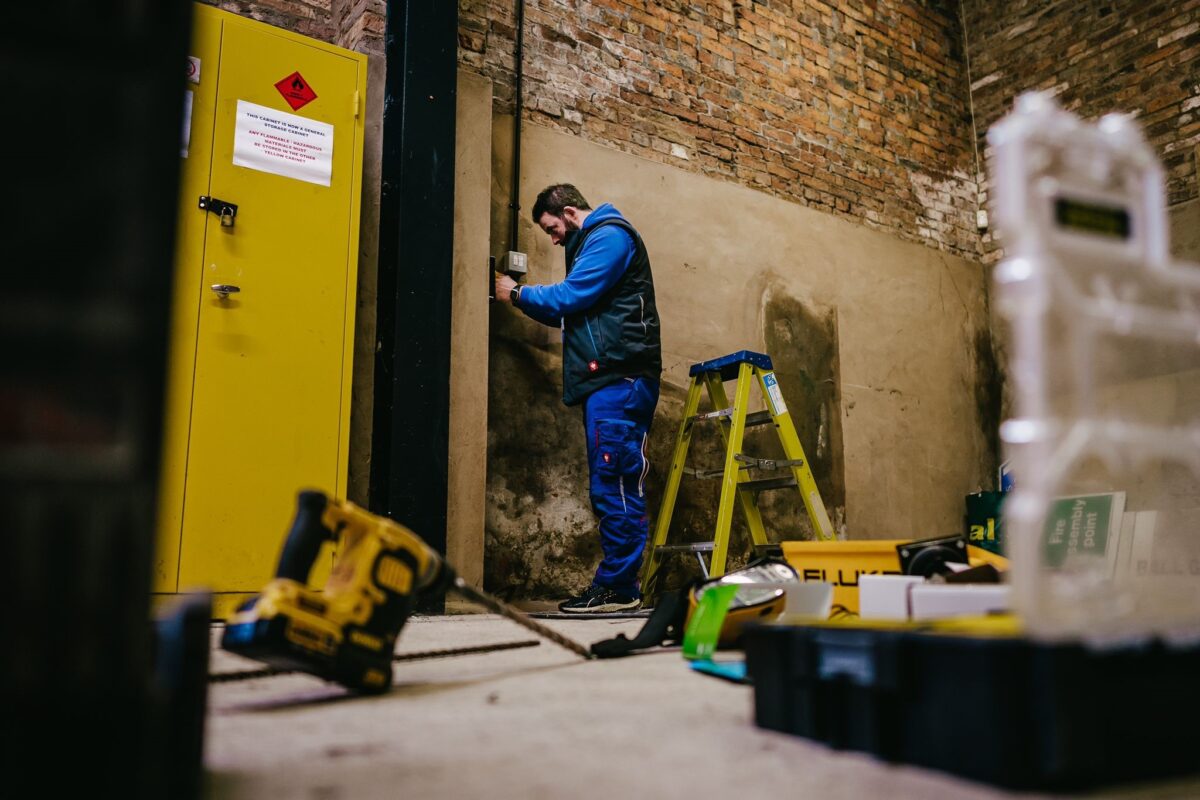Our Experience
We have been in the electric vehicle industry for over 10 years. Since the very beginning we have always prioritised our customers needs and offer only the very best EV charging products. The experience in the EV industry for over a decade has made us the EV charging experts you can trust.
Working closely with our partners and customers we have successfully installed 1,000s of charge points across the UK. We feel that our company is helping set a milestone and implement the EV charging infrastructure of the future TODAY.



